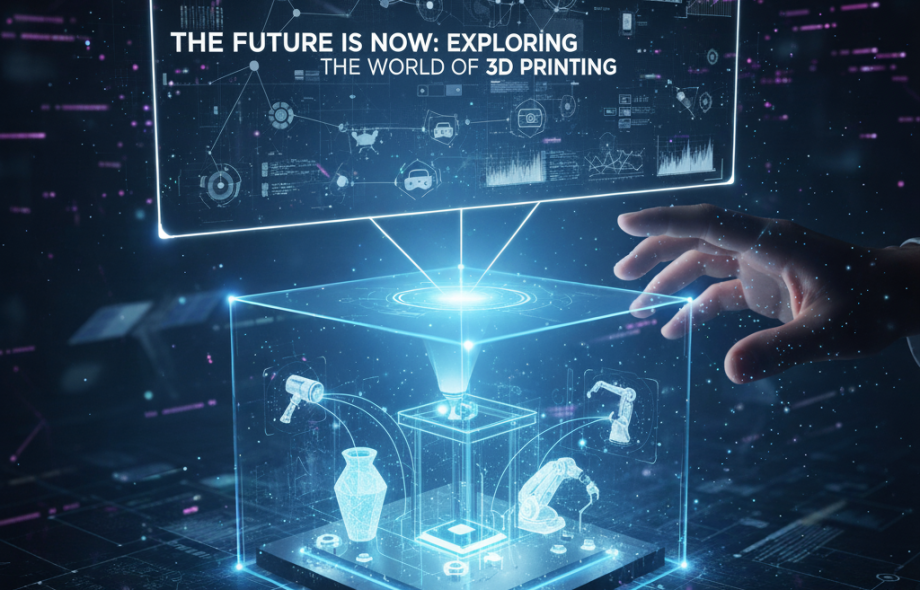Digital twins are revolutionizing the way we interact with technology, allowing for a virtual representation of a physical object or system. This cutting-edge technology has gained traction in various industries, including manufacturing, healthcare, and even urban planning. As we dive deeper into the world of digital twins, it’s important to understand their impact and potential for the future.
One of the key benefits of digital twins is their ability to provide real-time insights and data on the performance of physical assets. By creating a digital replica of a machine or system, businesses can monitor its operation, predict maintenance needs, and optimize performance. This proactive approach to maintenance can save companies time and money by avoiding costly downtime and repairs.
In the healthcare industry, digital twins are being used to create personalized treatment plans for patients. By analyzing data from a patient’s medical history, genetics, and lifestyle factors, healthcare professionals can simulate how different treatment options will impact their health. This tailored approach to healthcare not only improves patient outcomes but also reduces healthcare costs by minimizing trial and error.
Urban planners are also utilizing digital twins to design and optimize smart cities. By creating digital replicas of urban environments, planners can simulate traffic flow, energy consumption, and other factors to make informed decisions about city infrastructure. This data-driven approach can lead to more sustainable and efficient urban development, ultimately improving the quality of life for residents.
As digital twins continue to evolve, we can expect to see even more applications in various industries. From improving supply chain management to enhancing the customer experience, the possibilities are endless. However, with this innovation comes challenges such as data privacy and security concerns. It’s crucial for businesses to implement robust cybersecurity measures to protect the sensitive data stored in digital twins.
In conclusion, digital twins are reshaping the way we interact with technology and hold great promise for the future. By harnessing the power of data and simulation, businesses and industries can optimize operations, improve decision-making, and drive innovation. As we continue to explore the potential of digital twins, it’s clear that this technology is here to stay and will continue to transform our world.
 :
https://www.pinterest.com/xceltec0192/
:
https://www.pinterest.com/xceltec0192/












